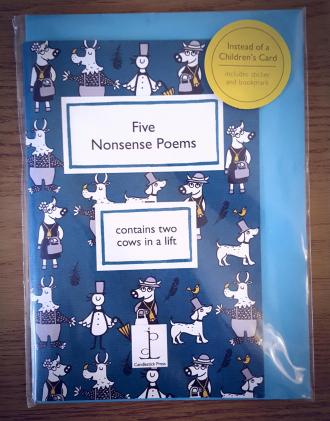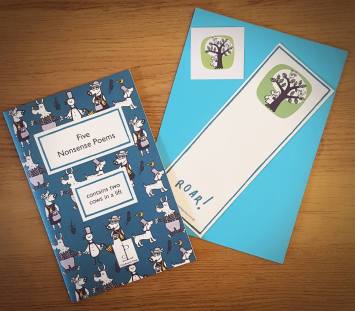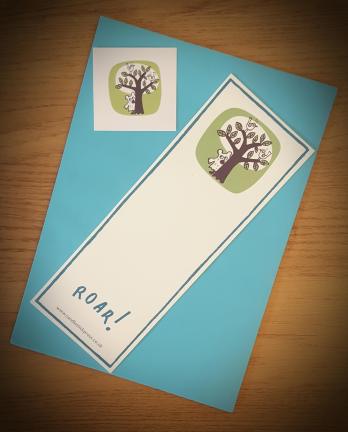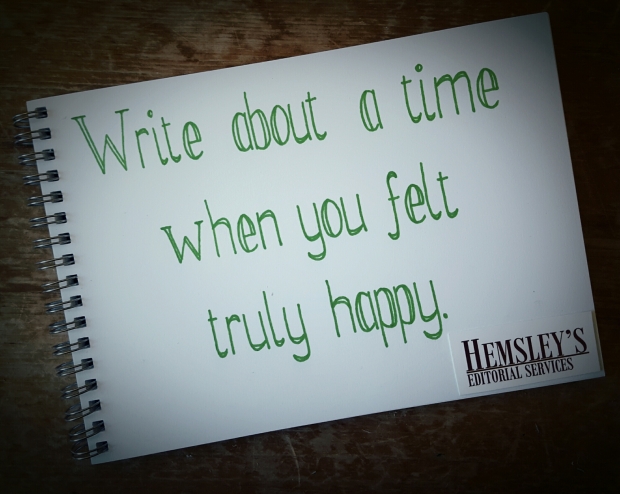This month I didn’t choose a book to review, it chose me. The Bullet-Catcher’s Daughter by Rod Duncan was given to me by someone who thought I might enjoy it, and they weren’t wrong. It’s a beautifully written novel that proves itself to be my favourite fantasy/steampunk book of the year, with plot twists and complicated characters that kept me on edge until the very end.
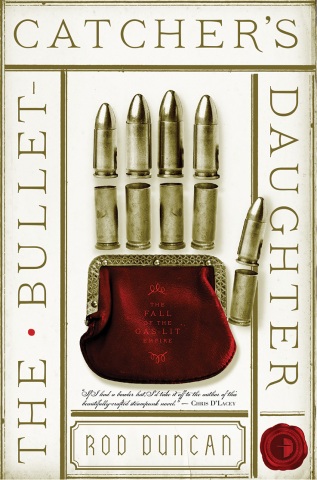
As the genre suggests, this novel (the first in a series) is set in an alternative 1973 England. From the very start we’re thrown into this world, with an eloquent writing style reminiscent of Thomas Hardy and a character attire that screams of old England. The story starts in Leicester, and within a few pages the history of this reality is introduced. England is split in two; there’s the aristocratic Kingdom and the Anglo-Scottish Republic. The difference between the two halves is highlighted most prominently by the clothing worn in them. Bright, bold colours are always worn in the Kingdom (even with skirts hitched a little above the ankle), whereas dark, dull colours are worn in the Republic. Whether this stark colour difference is to highlight the rich/poor divide or the desires of the protagonist is up to you to decide.
Had I been a man, I could have strolled into that dark warren of narrow streets, blind alleys and iniquity…but the Back is no place for a lady…thus I strolled along Churchgate attired and disguised as a young gentleman.
An opening to be remembered for sure. Introducing Elizabeth Barnabus, our happily unmarried heroine who turns her back on the expectations of women and does what she wants. A feminist lead to be reckoned with, she refuses to get married, despite the many disapproving conversations she gets for it. And yet she’s smart enough to accept this sexism and manipulate it to her advantage.
Her income comes from being a private detective. Knowing that she can’t work this as a woman, she dresses up very convincingly as Mr Barnabus, her brother. Not only does she go to work herself, but she changes between her natural female form and her male disguise frequently, using the fact that she’s a woman to get the best results.
My most prominent memory of Elizabeth is when we first see her transformation.
I ripped the false hair from my cheeks and upper lip then snatched the hat from my head, revealing the lacy head-covering beneath.
Within seconds she removes her disguise and sits looking just like the woman she is, in all the correct attire. It’s a beautiful picture that Rod Duncan has artfully painted, showing off Elizabeth’s knowledge and skill so we know exactly what she’s about from the start.
Courageous, smart and witty, Elizabeth proves to be a proud woman. She’s proud of her gypsy heritage and of her beloved boat. And, she’s such a kick-ass ball of sass that she barely bats an eye at John Farthing, a man who repeatedly shows interest in her.
Julia Swain, a young girl Elizabeth is tutoring, develops the most over the course of the novel. She starts out as a young lady led firmly by the law and quick to fall in love. She’s idealistic, naive, but has the potential to become so much more. And she does. By the end she’s breaking rules and shows a fierce loyalty to Elizabeth that can only be admired.
One of the scenes I remember the most is in the second half of the novel, and is a moment where Julia really rapidly matures. Elizabeth is trapped by the Duke of Northampton’s men, but comes up with a brilliant plan to escape them. She leaves her hiding place without her travelling case, using her skills of disguise to alter her appearance. Then she sends Julia to collect her belongings and hide them in a larger case for her.
It’s a truly wonderfully written bit of prose, with tension rising throughout at the risk of Julia being caught. It proves to be a brilliant plan too, showing Elizabeth’s intelligence and skills. More than anything though, it shows how far Julia is willing to go out of her comfort zone for her friend, a quality to be admired above all else.
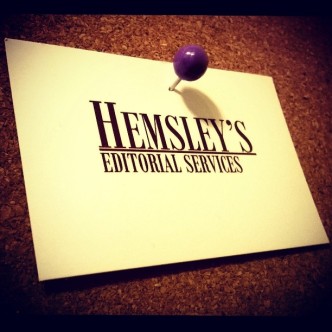
The story proves to be a mystery at heart, a true detective story with a real problem to solve. There were moments when I truly feared for Elizabeth’s life, and others where I thought the mystery was about to be solved when in fact the truth was further away. Duncan has a real knack for storytelling, writing a fast paced tale full of twists that I couldn’t have predicted.
He cleverly puts Elizabeth in a situation that should be safe and comforting but that instead is full of danger and doubt, tricking us into a false sense of security. She grew up in a circus, and to solve the mystery she must once again join one. The man in charge, Harry Timpson, knew her father well and seems to appreciate her heritage. You’d think this safe, familiar setting with family connections would be comforting, and it is for a while, but just as I began to relax into it Duncan put me back on edge.
He has a great skill for putting in backstory without making it seem forced. By the end of the book I felt like I knew just as much about Elizabeth’s history as I did the adventure I’d just read about, and it’s an exciting one too. It’s written in naturally, and just rolls off the page.
The ending though is truly magnificent. There’s a M A S S I V E twist that I did not see coming, and I really don’t want to say more about it because I’ll give away the ending, but I really enjoyed it and it’s just the perfect end to the book. Not very informative for you, but I’m sure you’ll forgive me once you’ve read it yourself.
My favourite scene encapsulates all of my favourite things in the story; Elizabeth’s courage and intelligence, her magical transformation, the tricks of the circus and the unforgiving, bitter bad guy. They’re blended together in a way that reminds me what I love so much about Rod Duncan’s writing.
Elizabeth is being taken to her death in the back of a horse-drawn carriage. Fumbling through the boxes around her, she leaves a trail that looks like an escape then hides in one of the crates. While her executioner follows the red heron she makes her escape, transforming quickly into her brother and walking confidently down the road. It’s clever, it’s cheeky, and it’s most definitely the scene from the book that sticks with me the most.
I’m going to stop now before I give anything away. I could so easily write another thousand words on this book, but instead I’ll just leave you with this. The Bullet-Catcher’s Daughter is a unique and immaculately crafted novel that everyone should read, whether they’re a fantasy novice or expert. Angry Robot have found and nurtured a magnificent writer in Rod Duncan, and I look forward to reading more of his work in the future.

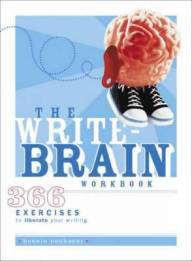
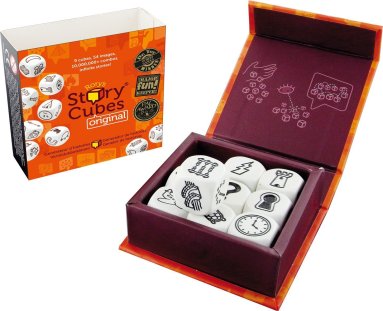
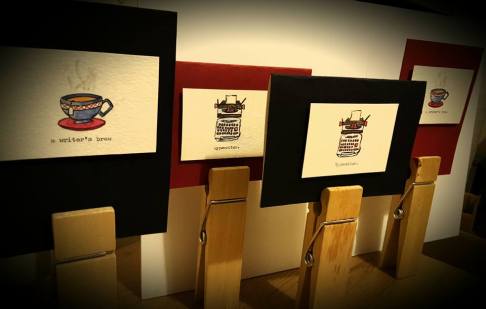
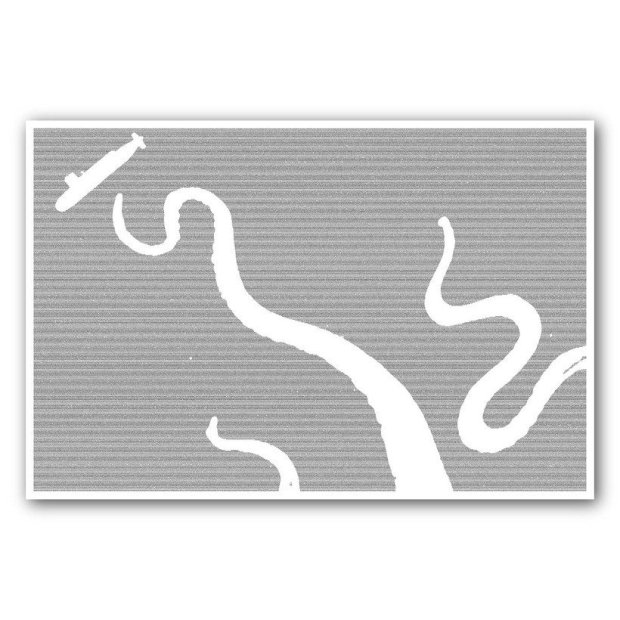
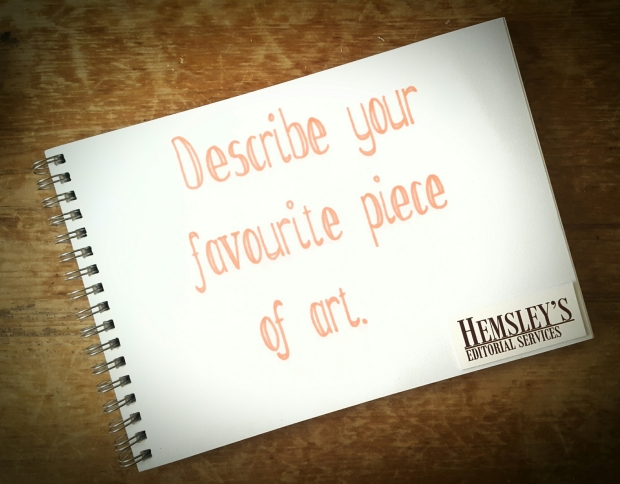
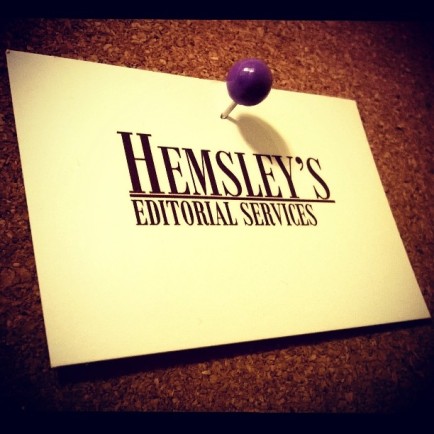
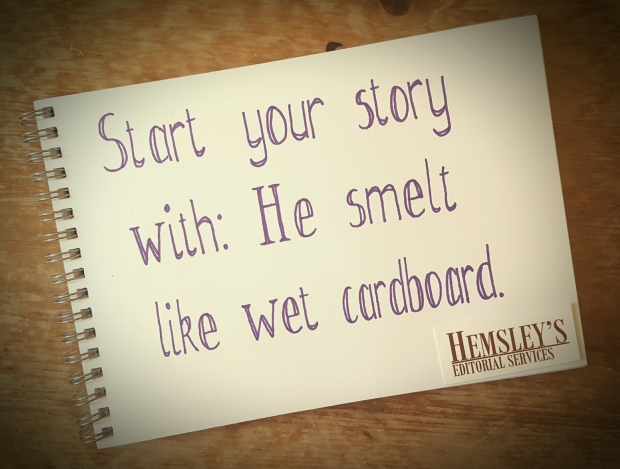
 Today, we thought we’d do something a little different. Instead of writing something ourselves, we thought it’d be great to get to know you a little. Don’t worry though, we’ll be back posting our usual tips next week!
Today, we thought we’d do something a little different. Instead of writing something ourselves, we thought it’d be great to get to know you a little. Don’t worry though, we’ll be back posting our usual tips next week!